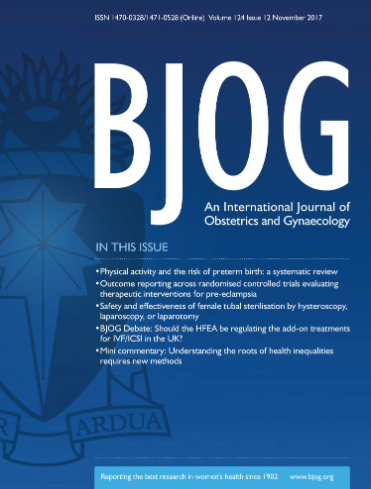Risk Prediction Models for Stress Urinary Incontinence in Pregnant and Postpartum Women: A Systematic Review and Critical Appraisal
Abstract
Background
Many studies have developed or validated prediction models to estimate the risk of stress urinary incontinence (SUI) in pregnant and postpartum women, but the quality of the model development and model applicability remains unknown.
Objectives
To systematically review and critically evaluate currently available prediction models for SUI in pregnant and postpartum women.
Search Strategy
Cochrane Library, EBSCO, PubMed, Web of Science, EMBASE, Chinese CNKI, Wanfang and VIP databases were searched from inception until February 2024.
Selection Criteria
Prospective cohort or retrospective studies were considered eligible if they developed or validated prediction models for SUI in pregnant or postpartum women.
Data Collection and Analysis
Two reviewers independently screened the literature, extracted data and evaluated the quality of the included studies using PROBAST.
Main Results
A total of 15 models were included. Eleven models were internally validated, including cross-validation and bootstrap and four models were externally validated. The most commonly used predictors were age, body mass index (BMI) and mode of delivery. The area under the curve or C-statistics reported by the modelling and validation groups ranged from 0.602 to 0.888. Only one study had a low risk of bias and 14 studies had a high risk of bias.
Conclusions
Fourteen models for predicting SUI in pregnant and postpartum women had a high risk of bias according to the PROBAST. Future research should focus on improving the methodological quality of the existing prediction models and developing new models.


 求助内容:
求助内容: 应助结果提醒方式:
应助结果提醒方式:


